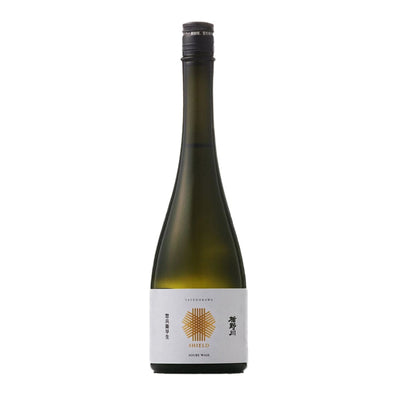Why Seasons Matter So Much in Japan: From Ancient Calendars to Umeshu Day
In Japan, nature isn't just something you admire on a hike—it's a way of life. The shifting of the seasons is so deeply respected that even the most subtle changes in weather, temperature, and plant life are carefully observed and celebrated. This sensitivity to nature has led to one of the most intricate seasonal calendars in the world.
A Year Divided Into 72 Moments
Sure, Japan has the four familiar seasons: spring, summer, autumn, and winter. But that’s just the beginning. Traditional Japanese calendars divide the year into 24 solar terms (called Nijūshi-sekki), originally brought over from ancient China. These were designed to reflect seasonal shifts along the Yellow River—so they didn’t perfectly align with Japan’s own climate.
To bridge that gap, the Japanese developed Zassetsu, additional seasonal markers to better represent the country’s unique weather patterns, especially for agriculture. These terms helped farmers decide the best time for planting and harvesting, long before modern forecasts existed.
Each of those 24 terms is even further split into three, making 72 microseasons (Shichijūni-kō)—each lasting just 5 days. Imagine celebrating “First Blossoms of Camellia” or “Insects Begin to Sing.” That’s how precise and poetic this calendar is.

When Rain Means More Than Just Getting Wet
One especially important seasonal marker is Nyūbai, which literally means “entering the rainy season.” Today, it usually falls around June 10th or 11th. In the Edo period, Nyūbai was crucial for farmers—particularly rice growers—who relied on this sign to begin planting. Before weather apps and forecasts, having it marked on the calendar was vital.
These days, meteorologists use the term tsuyu-iri to announce the rainy season. This period is controlled by the baiu weather front, whose arrival can vary year to year. But did you know that both nyūbai and tsuyu use the character for “plum” (梅)? That’s because ume plums ripen exactly during this soggy season—linking rain and fruit in one poetic phrase: “plum rain.”

June 11th: A Day to Toast with Umeshu
If you're a fan of Japanese food and drink, you might already know the joys of ume. From pickled plums (umeboshi) to refreshing drinks, there are countless ways to enjoy this little fruit. But one of the most beloved is definitely umeshu—a sweet, tart, and slightly boozy plum liqueur.
In fact, because of its connection to Nyūbai and the ripening season of plums, June 11th has been officially declared Umeshu Day by the Japan Anniversary Association.
One standout umeshu comes from Nakano BC, which uses premium Nankō ume for its brew. Crafting this umeshu is an art in itself: skilled workers constantly check sweetness, acidity, and adjust the mixture over a year and a half of aging. The result? A mellow, flavorful drink that even people who don’t typically like alcohol can enjoy.
So why not celebrate the start of the plum season—and the rain that makes it possible—with a glass of Nakano BC Umeshu?

















コメントを残す